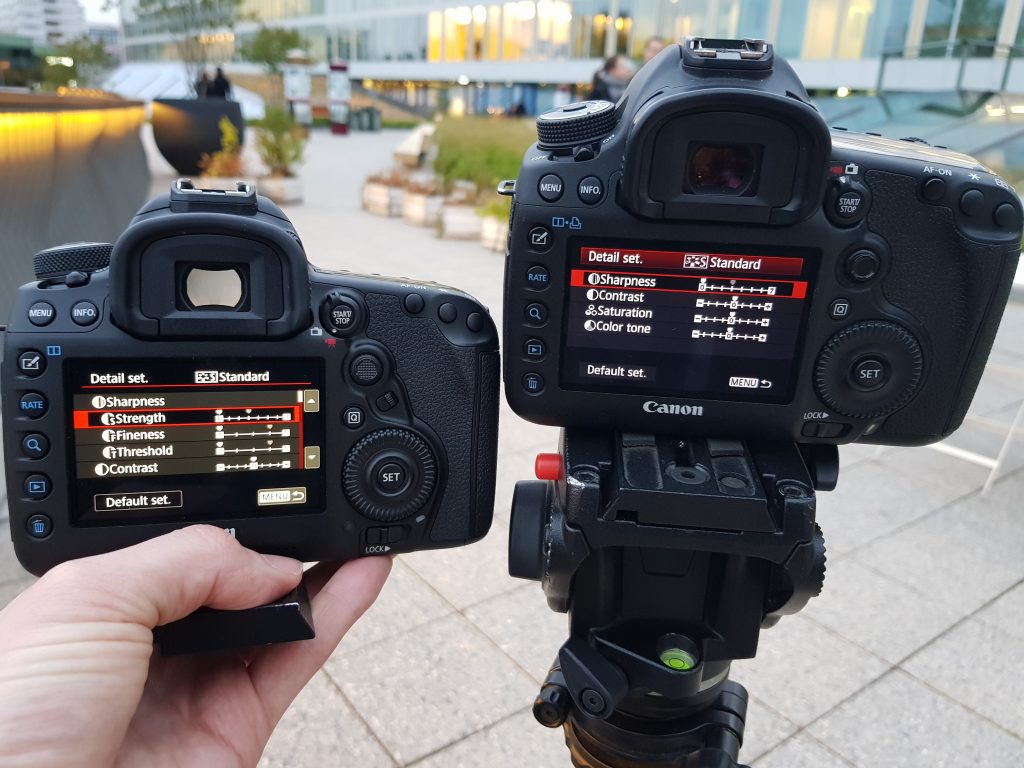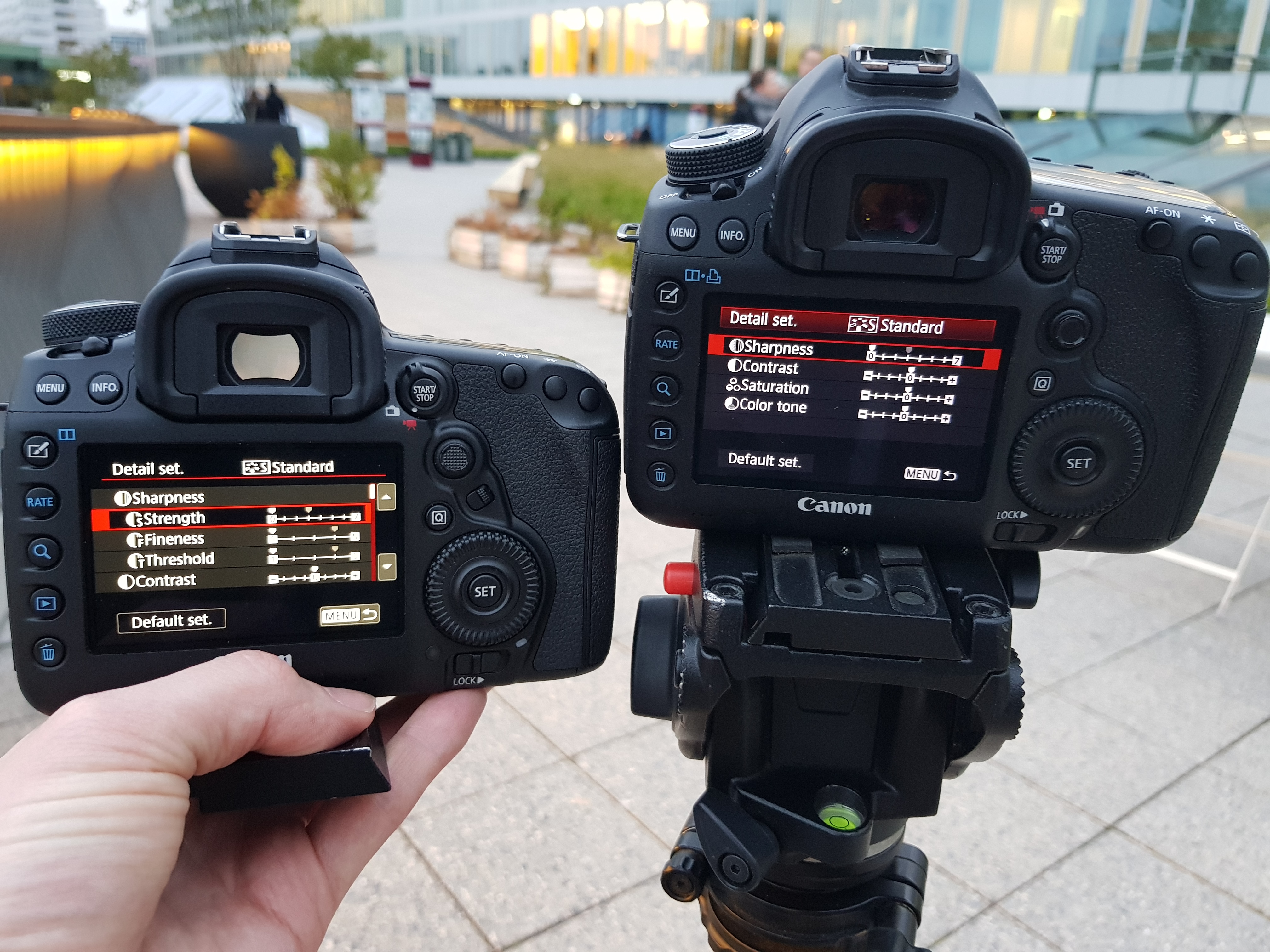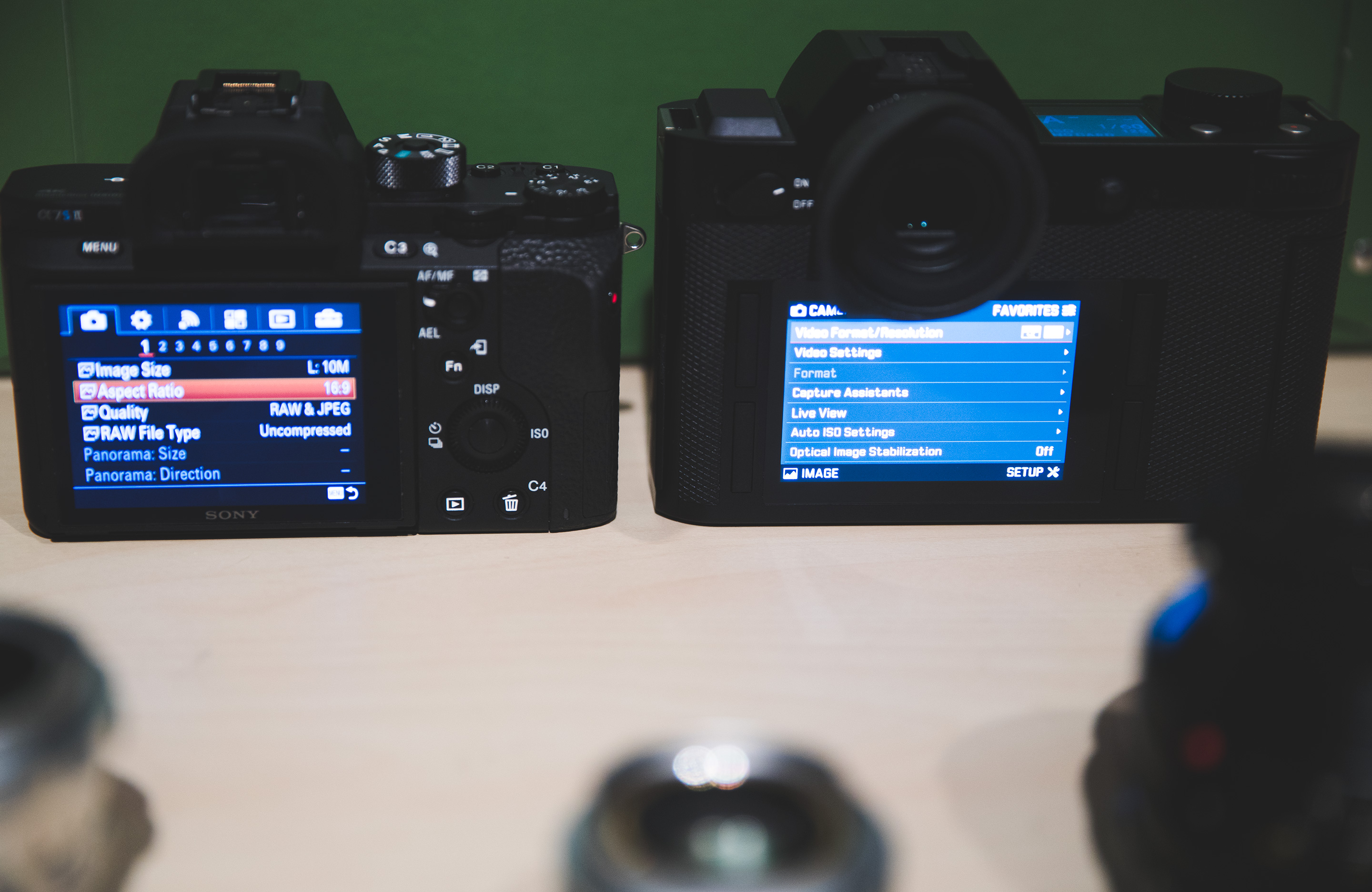On the EOSHD Forum recently, filmmaker Oliver Daniel raised a very good point about the Canon C200 –
“It’s a professional camera, used for professional jobs that pay well. (or it’s an expensive hobby camera!) For this purpose, you then have to start thinking about smaller B and C cameras – and this is where the prospect falls. Sony has an A7S II, A7R II, RX10, RX100, A6500, A99II, A9…. many options in different sizes and purposes for an easy multi-camera workflow. ”
The Canon C200 is a great A-camera for many videographers and companies who haven’t gone all-out RED or Sony. If you want to keep in the Canon eco-system and not rely on competing products, what small Canon 4K bodies are you supposed to use as a B-cam on a C200 shoot?
Obviously on most shoots just one camera and one operator can’t get the job done. Many pros at this level need 4 or 5 camera bodies to round out a particular day’s shooting scenario. At $8000 per camera, buying four C200 bodies is not cost effective for many, when you can save thousands by going Sony FS7 (A-cam) and three A7S II or a Panasonic EVA1 plus three GH5s. Still expensive, we’re talking pros here, but thousands of dollars less than the $32,000 invested needed for four C200 kits. What’s more, as B-cameras the A7 series and GH5 have very good 5 axis stabilisation, perfect for handheld shooting.
To maintain the same Canon look, lens mount, lens range and Super 35mm look in 4K with Canon LOG, you’re looking at the Canon 5D Mark IV – except you’re not because it just isn’t practical for pro 4K work with the MJPEG codec. The file sizes are insane.
What about the Canon XC10? This isn’t the Super 35mm look and it’s a completely different lens on a 1″ sensor, much as Canon designed it as a mini-C300 II B-camera, when cutting between the C200 and XC10 shots there could be a huge difference depending on the scene, and for slow-mo forget it.
The 1D X Mark II is Canon’s best performing small camera for 4K but it has the same crippling limitation as the 5D IV with that ridiculous MJPEG codec for 4K. If it’s a long shoot and 3 of these shooting HUGE files, you have an enormous headache in post and a slow turn-around due to transcoding so much data. It’s also a tad expensive as a B-camera to say the least, when it is $6k vs $8k that is not much of a saving over your A-camera is it?
Of course if you’re not planning to shoot 4K then the problem goes away to some extent, as there are plenty of Canon DSLRs that shoot 1080p, albiet not very good 1080p with the exception of raw on the 5D Mark III. Ergonomically though you have a big problem. The mirrorless cameras are far better ergonomically for video.
If Canon are to answer demand for a B-camera to their Cinema EOS range, then a 4K H.264 codec and articulated screen on a 6D Mk II along with Dual Pixel AF could go a long way to fix things. If it shoots 4K with small file sizes with a minimum 1.5x crop (no 1.76x or 2x please!) it will be enough, although I can’t ever see Canon perfecting ergonomics for video on their DSLRs vs mirrorless cameras.
Of course the answer is right now – if you need a range of 4K B-cameras for your C200, look to Sony, Panasonic, Olympus and Fujifilm.






